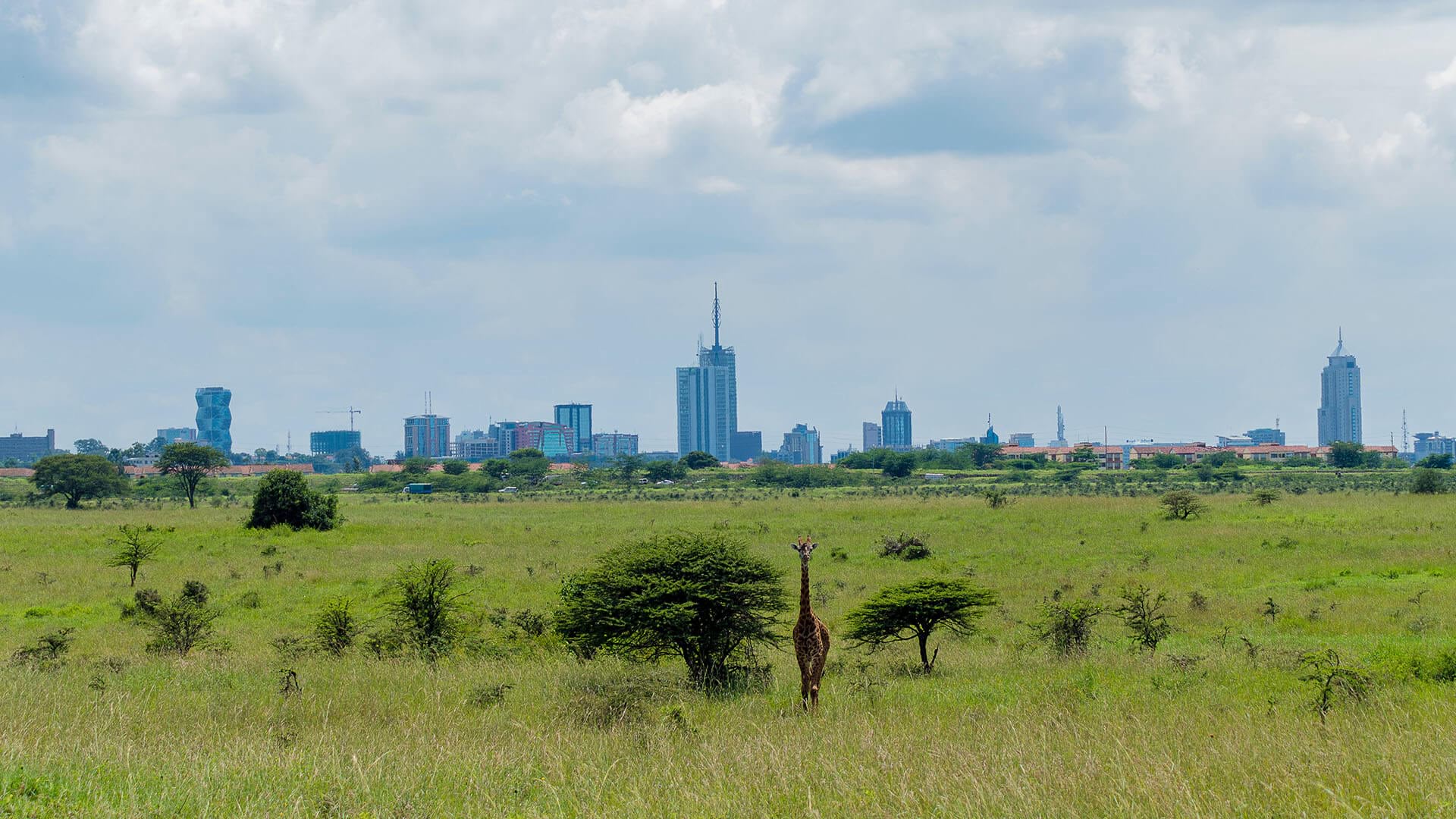Africa’s surging population has piqued the interest of the business world. China’s foreign direct investment in Africa has been expanding at double-digit rates in recent years. In a recent visit to Ghana, Vice President Kamala Harris said the US will do more to promote African investment. And a McKinsey report out this week called Africa’s economic growth vital for the world.
Africa’s expansion is an opportunity, but also a challenge. The continent’s sheer size and massive demographic shifts may be perplexing to business executives exploring these markets for the first time. Because this is largely a matter of geography and insight—the ability to comprehend Africa’s demographics and markets—it makes sense for investors to take a data-rich, location-centric approach.
In 1990, fewer than one-third of Africans lived in areas with populations over 10,000. Today, 7 of the world’s 10 fastest growing cities are in Africa, according to United Nations estimates.
Much of that growth is happening outside the largest urban centers. The Economist recently noted that 15 of the 20 African cities experiencing the most growth have populations under one million.
Nigeria provides a striking example: It is home to Lagos, one of four megacities on the African continent, and also Gwagwalada, Africa’s fastest-growing city.
Depending on a company’s strategy, executives might prefer to invest in one of the world’s largest cities; a smaller, growing metropolis; or both.
Investment Intelligence
To make these decisions, business leaders need insight on how Africa’s cities and demographics are evolving. Many companies now use geographic information system (GIS) technology to understand global markets, creating maps that show residents’ average income, spending levels, and commuting patterns.
A financial services company looking to open offices in Nigeria, for example, needs to determine where prospective customers live and work, as well as where potential employees are. Company executives could look at demographic charts and graphs, but they won’t gain the same understanding a smart map can provide.
As African cities have grown in size, they’ve also grown closer to one another to form clusters of urbanization. Visualizing these clusters is imperative for potential investors, and it’s almost impossible to do without maps and GIS analysis.
Climate Change Considerations
Analyzing the business potential of urban markets may be a burgeoning phenomenon in Africa, but location intelligence has long guided investments in Africa’s natural resources, such as cobalt and copper. Companies use GIS maps to contextualize the locations of deposits and highlight land that is culturally or environmentally sensitive, prone to political unrest, or near supply chains.
Location analysis also reveals other key business considerations. For instance, as the effects of climate change intensify, developing nations are likely to feel some of the most severe effects. An inland city like Gwagwalada may not need to worry about sea level rise, but rapid urbanization could create heat islands. A recent scientific study conducted with GIS noted that as Gwagwalada’s temperatures rise, residents would experience increasing discomfort. As similar efforts in American cities like Phoenix have demonstrated, projects aimed at mitigating these effects create a more favorable environment for businesses as well as people.
In Africa’s growth there are business opportunities and risks. With location intelligence, companies gain the clarity needed to understand both and identify locations where the business and the local community will thrive.
The Esri Brief
Trending insights from WhereNext and other leading publicationsTrending articles

December 5, 2024 |

July 25, 2023 |

November 12, 2018 |

April 1, 2025 |

April 29, 2025 |

February 1, 2022 |





